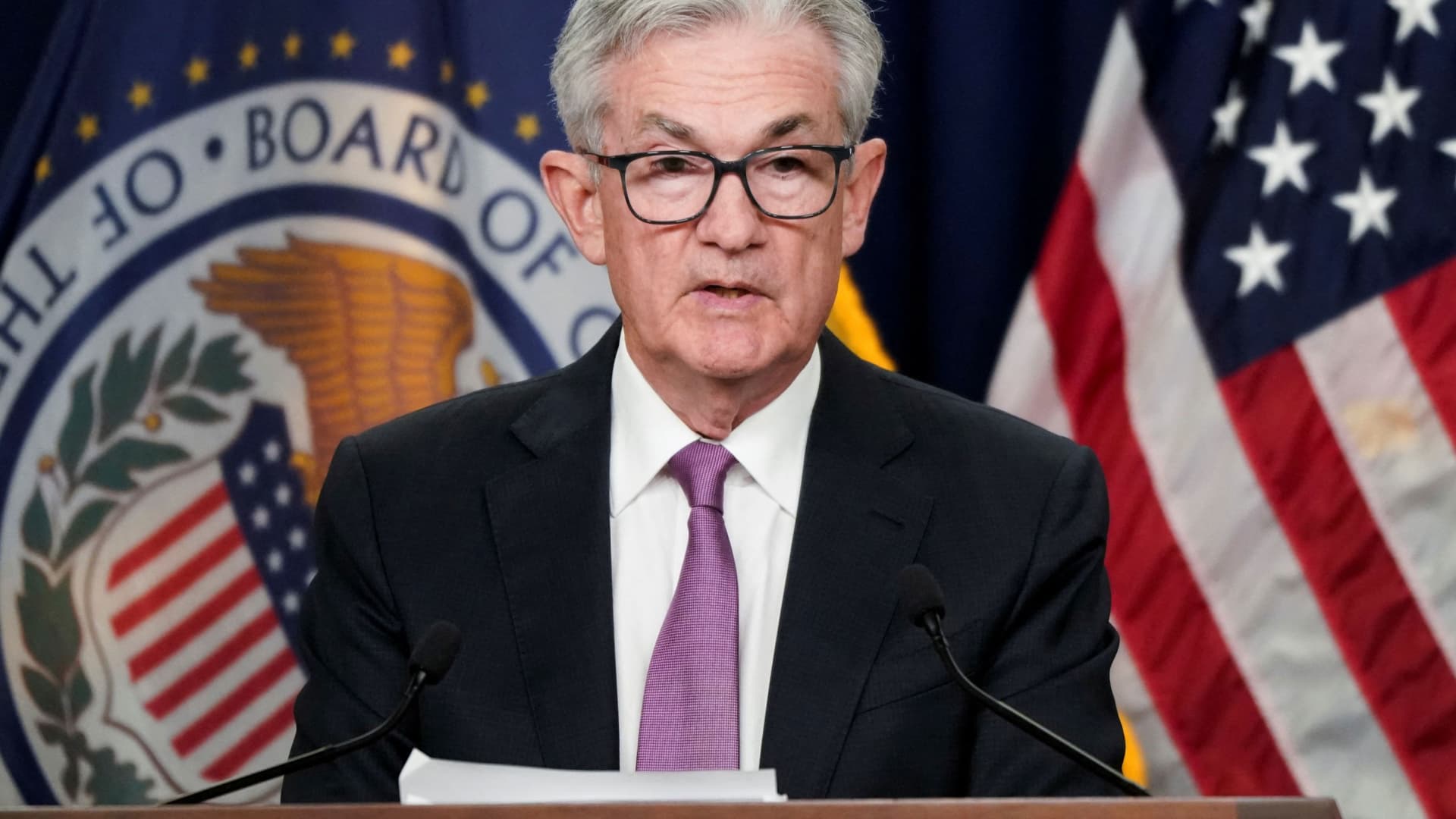US Markets
Friday, August 26th, 2022 6:50 am EDT

I’ve come up with a new name for Federal Reserve policy to counter the growing belief that inflation may be here to stay.
I call it, “No gluts. No glory.”
The Fed has been raising rates to cool the economy and drive down demand to meet pandemic and war-constrained supplies.
Recent articles from a range of news outlets are asking if the inputs driving inflation are “here to stay.”
That type of consensus thinking usually marks the time to start thinking that a cycle has come to an end.
While the economy has suffered from this inflation spike for a little over a year, it seems terribly premature to compare this cycle to secular advances in inflation that dominated the 1970s and early 80s, as I’ve stated in the past.
As a result of this delusional reasoning, recession may well be a feature, rather than a bug, of existing monetary tightening to “permanently” wring inflation out of the economy.
An immediate economic impact
We have seen an immediate impact on the economy from the rapid pace of rate hikes and the prospects of quantitative tightening undertaken by the nation’s central bank.
Housing has rapidly fallen into a recession, with just about every measurement of housing health collapsing over the last several months.
The U.S. is now witnessing an inventory build-up of new homes: The latest data points to a nearly 11-month supply of homes on the market, roughly double from the beginning of the year.
Sellers are cutting their asking prices.
Existing and new single-family home sales have plummeted to levels not in years as buyers walk away.
Look at the crash in lumber prices for additional evidence of a slowdown, if not outright collapse, in the housing market.
That’s not the only place where inventories are accumulating at an astonishing pace.
Retailers’ glut
A wide swath of retailers has also pointed to evidence of inventory gluts.
Recently, my youngest daughter and I stopped at Woodbury Commons, an outlet mall just outside West Point, New York.
Whether it was the Levi’s store, Polo, North Face, Coach or Adidas, sales were abundant.
Markdowns on existing inventory on everything from cut-off jean shorts to raincoats and winter jackets ranged from 25% to 70%.
There was a major glut of apparel, something that retailers from Walmart to Target to Nordstrom have all acknowledged in their recent earnings reports.
In other words, there is deflation in clothing.
Elsewhere, used car prices have ticked lower. New vehicle production has reached pre-pandemic levels, according to the latest industrial production data.
No doubt, we are on the cusp of auto supplies normalizing just as demand stalls. It’s a recipe not just for quelling inflation but also creating a potentially unnecessarily deep recession.
Working off excess inventories
Within a year, we could well hear stories of companies struggling to work off excess inventories and, if they can’t, taking charges against earnings to write off the value of unsold goods.
Take the computer chip market, for example.
Signs are emerging that the demand for chips is slowing. President Joe Biden has recently signed the CHIPS Act into law, intended to spur chip manufacturing.
As supply is being added, necessary for domestic supply chain security, demand is falling. That risks a glut of chips and falling prices, as well.
That has been indicated in the declines in the copper market and in the prices of other base metals.
Oil and gasoline prices also remain well below their recent peaks.
So, here come the gluts.
Hopefully, the Fed will soon recognize it’s done its part to fight inflation while the supply-side is in the prices of fixing itself, just as it has after every supply shock we’ve seen in the past.
Inflation is on the way towards normalizing and the Fed should recognize, despite commentary to the contrary, that it is no longer, if it ever was, behind the inflation curve.
“No gluts, no glory” is a catchy phrase. I just wish it weren’t the fundamental belief behind the Fed’s current stance on monetary policy.
— Ron Insana is a CNBC contributor and a senior advisor at Schroders.
This post has been syndicated from a third-party source. View the original article here.




